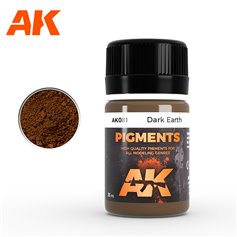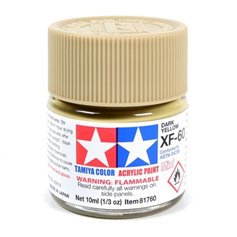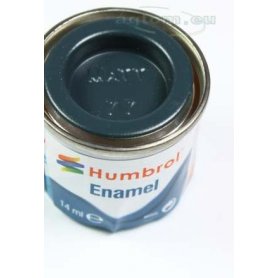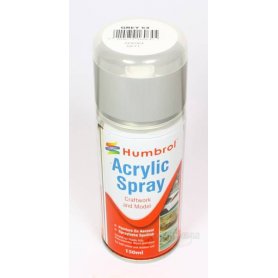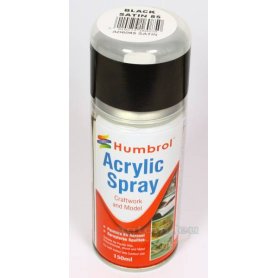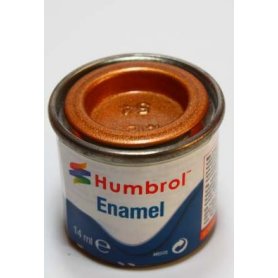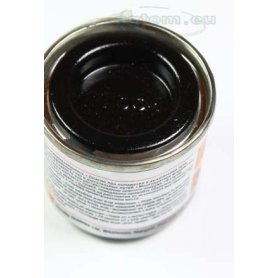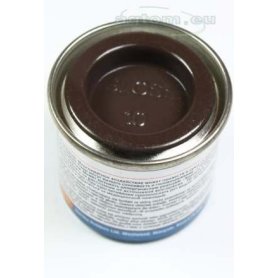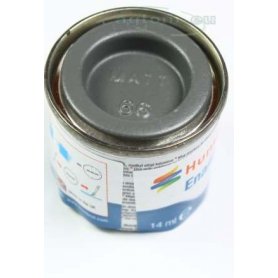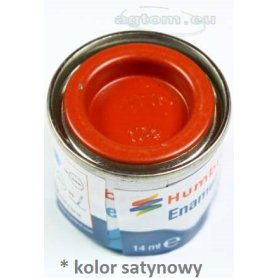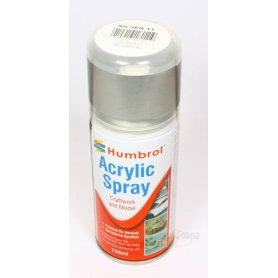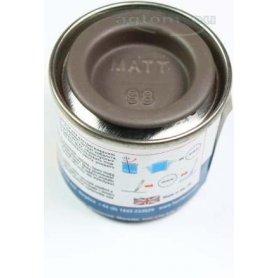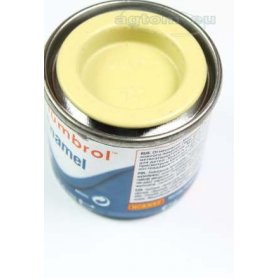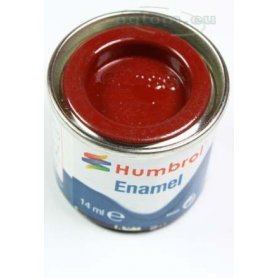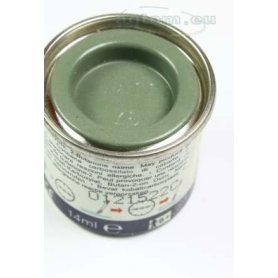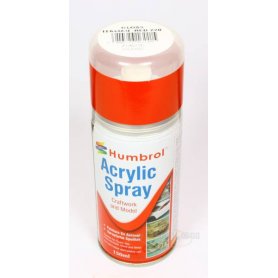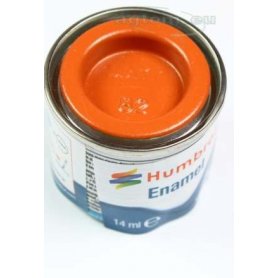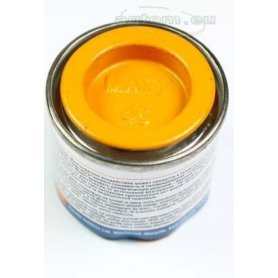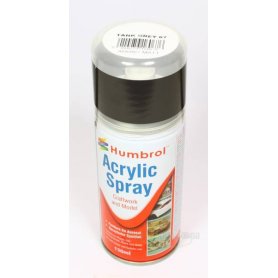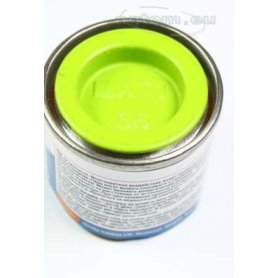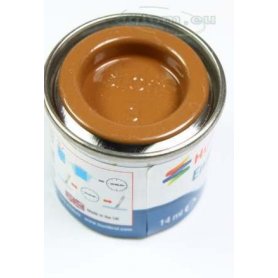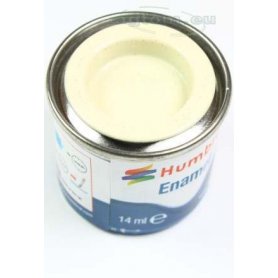What Are Humbrol Weathering Pigments?
Pigments are fine, dry powders used to create realistic effects on scale models. In scale modeling, they are used to simulate dirt, signs of wear and tear, and weather phenomena—a process known in the industry as "weathering." If you want your tank to look like it has just returned from the training grounds, your aircraft to bear the marks of combat, or your diorama to feature a muddy road, pigments are the perfect tool for the job. Unlike paints, they allow you to achieve a matte, powdery, and textured finish that perfectly imitates dust, mud, rust, soot, or ash. Humbrol pigments are a range of high-quality products that enable you to achieve professional results in a simple and intuitive way, making them an excellent choice for both beginners and advanced modelers.
The application of pigments is versatile and depends on the desired effect. The simplest method is dry application—simply pick up a small amount of powder with a brush and rub it onto the chosen surface of the model. This way, you can achieve subtle effects of dust, faded paint, or soot around a gun barrel or exhaust pipes. To create the effect of wet mud or thick, dried-on grime, pigments can be mixed with dedicated binders (fixers, such as Humbrol Pigment Fixer), water, or thinners. The resulting paste is applied with a brush or a spatula to create three-dimensional textures. Regardless of the method, it is recommended to seal the applied pigment with a special fixative or a matte clear varnish to prevent it from rubbing off when the model is handled.
What Can You Use Pigments For? Practical Applications
The possibilities for using pigments are virtually limitless. Using shades of brown and beige, you can create realistic mud on the tracks and wheels of military vehicles. Rust-colored pigments (orange, red, and dark brown) are perfect for simulating corrosion on metal parts, such as exhaust pipes, damaged armor, or tools. Black and gray pigments will help you achieve soot and smoke stain effects on engines, smokestacks, or muzzle brakes. Meanwhile, light, sandy shades are excellent for simulating the dust and dirt that settles on vehicles operating in desert conditions. It's also worth experimenting by mixing different colors together to create a unique shade that perfectly matches a specific model and scenario. Thanks to Humbrol pigments, any model can gain realism and look like a miniature version of the real thing.









